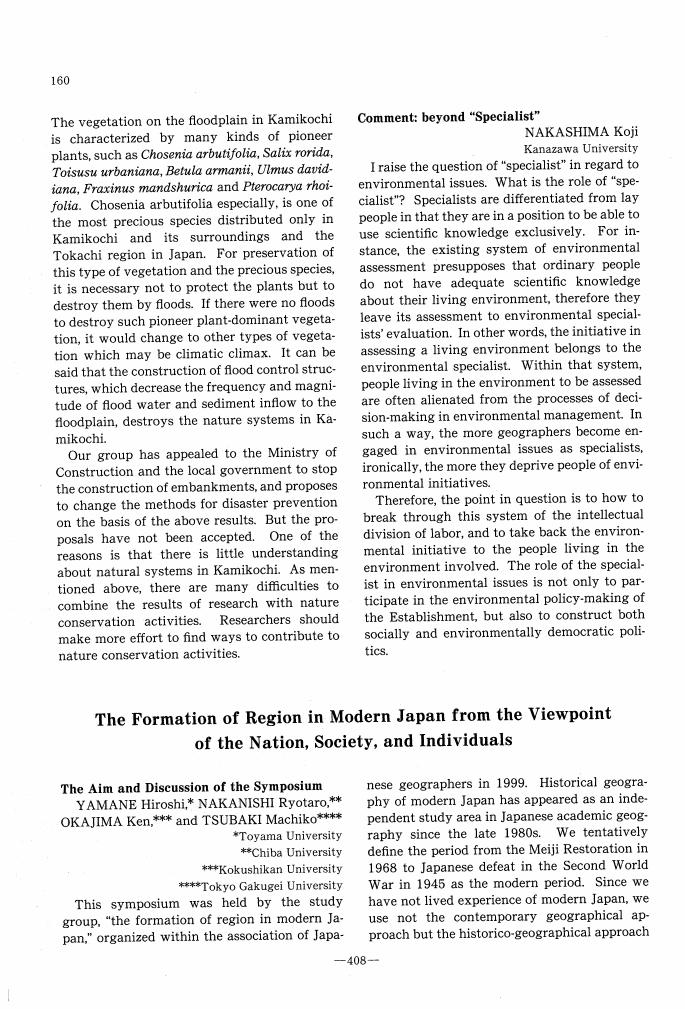2 0 0 0 OA The Origins of Commutation in Japan
- 著者
- Masafumi MIKI
- 出版者
- The Association of Japanese Geographers
- 雑誌
- 地理学評論 (ISSN:13479555)
- 巻号頁・発行日
- vol.78, no.5, pp.247-264, 2005-04-01 (Released:2008-12-25)
- 参考文献数
- 60
- 被引用文献数
- 1
This study attempts to clarify the formation of commutation by focusing on transportation, labor, and education in modern Japan. “Commutation” in this study refers to the everyday habit of commuting by public transportation between a home and a workplace in separate areas. Since previous studies analyzed commutation quantitatively on the basis of National Census Reports, they failed to show the prototype and formation of commutation in geography and its cognate disciplines. Some historical studies on metropolitan areas point out that an important factor in the formation of commutation was the growth of residential suburbs, but they do not clarify the causal relationships between the development of commutation and the growth of residential suburbs in modern Japan. The present study therefore clarifies the prototype and formation of commutation from a social historical viewpoint. It shows that increasing commutation by workers and students between urban and suburban areas after the 1920s was closely related to the development of railways, an increase in “white-collar” workers, and an increase in graduates from higher schools. In particular, commutation by workers and by students accounted for the popularization of commutation, and the two were closely related and created a regenerative structure.
1 0 0 0 OA The Formation of Region in Modern Japan from the Viewpoint of the Nation, Society, and Individuals
- 著者
- Hiroshi YAMANE Ryotaro NAKANISHI Ken OKAJIMA Machiko TSUBAKI Akiko SEKIDO Toshio KAWASAKI Kouji AMANO Norifumi KAWAHARA Mitsuharu SHINADA Masafumi MIKI Keiichi KONO
- 出版者
- The Association of Japanese Geographers
- 雑誌
- 地理学評論 (ISSN:13479555)
- 巻号頁・発行日
- vol.76, no.5, pp.408-414, 2003-04-01 (Released:2008-12-25)
